Unemployment: lowest in the last nine years

Consideration that unemployment has diminished slightly under the natural rate was borne out not only by the results of mathematical models but also by a number of macroeconomic indicators:
- The assessment by entrepreneurs regarding labour shortages is growing moderately and fastest in construction where last year’s sluggishness was replaced by an upturn this year; but also in industry and service sectors, it is greater than ever in the post-crisis period (Fig. 2) [1];
- Number of vacancies registered with the State Employment Agency (SEA) in July 2017 exceeded ten thousand, which is the highest number in nine years (Fig. 3). The number of the unemployed is higher (87 thousand according to the labour force survey data of the Central Statistical Bureau (CSB) and 66 thousand according to the SEA), yet it alone does not indicate a sufficient reserve of labour. In the overheating period of 2006–2007, the number of the unemployed also substantially exceeded the number of vacancies, even though other indicators pointed to a serious shortage of labour. Thus the fast vacancy dynamic indicates a gradual formation of a shortage of employees in some sectors and labour market segments;
- In the assessment by various Latvian and international institutions, the output gap (the gap between the actual and potential gross domestic product) is no longer expressly negative. It is either close to zero or even slightly positive (i.e. gross domestic product is not lower than its potential level);
- Compensation has been rising slightly faster than productivity for a few years now. This cannot be sustained – labour income share in gross value added has almost approached the European Union average (Fig. 4).
- Core inflation rose slightly in the first half of this year [2], which is another indicator that economic growth is close to its potential level and any further reinforcement of economic growth cannot be achieved by simple stimulating measures but rather with the help of structural reforms (Fig. 5).
For economic policy makers such developments both point to the importance of fiscal discipline for sustainability of economic growth and underscore the crucial need for structural reform if a sustainable economic leap is what we desire.
Fig. 1. Headline and natural unemployment (% of the economically active population; seasonally adjusted data)
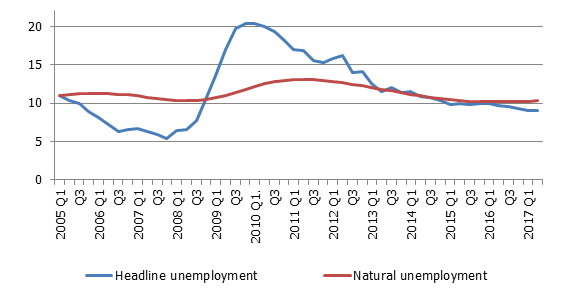
Fig. 2. Share of entrepreneurs claiming labour shortage as important business obstacle (seasonally adjusted data; %)
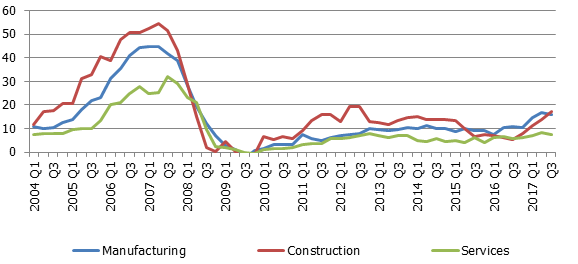
Fig. 3. Number of unemployed and vacancies registered with the State Employment Agency (thousands)
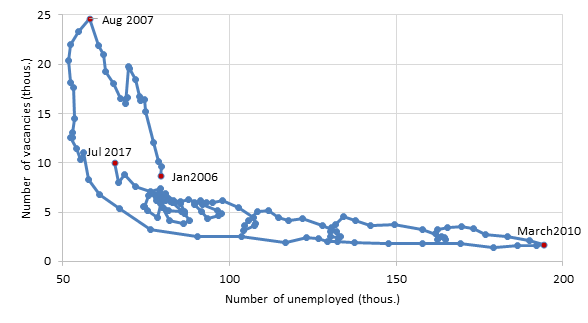
Fig. 4. Labour Income Share in gross value added (2016)
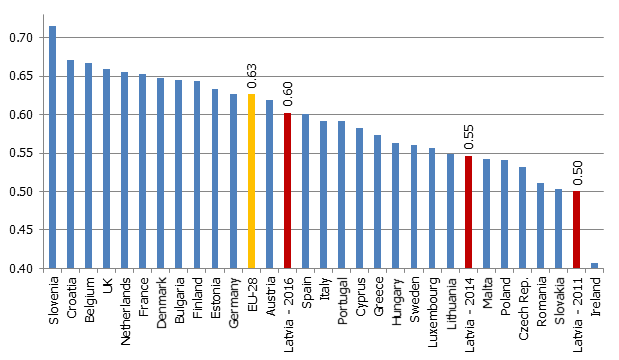
Fig. 5. Headline and core inflation (HICP; y-o-y; %)
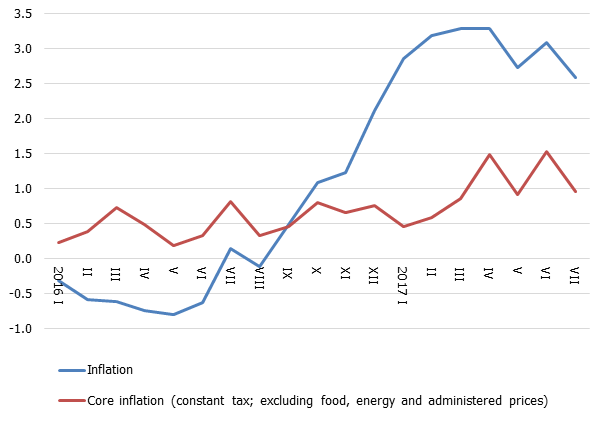
Textual error
«… …»


